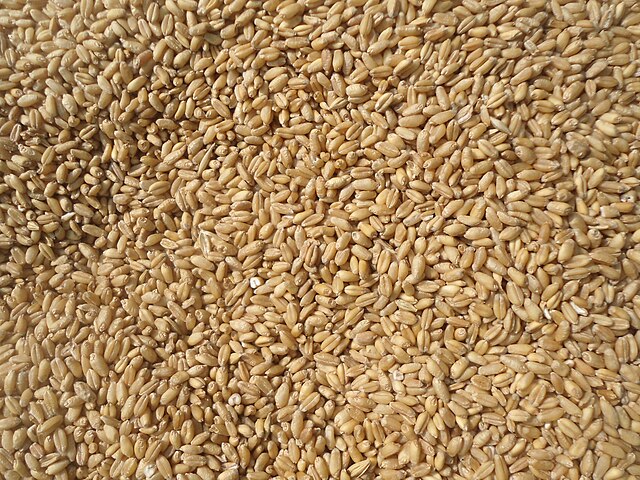Renewed governmental purchases could control declining wheat prices in China after rains prompted some growers to rush wheat to oversupplied markets.
According to Bloomberg News, the government is stockpiling wheat from farmers to reverse the market glut and rebound prices.
Various farmers took their wheat from storage and into local markets over fears that moisture could ruin it.
For now, local prices are at a 36-month low after 2024 production rose to 138 million tonnes.
A graphic representation on Bloomberg shows that domestic market rates have plummeted drastically from their 2022 highs. While the 2022 rate had neared 3,400 yuan ($471.24) a tonne, that of 2024 has hovered around 2,500 yuan ($346.75) a tonne.
This means current trade offers mirror those of 2020, a time when they had remained below 2,600 yuan ($360.88) a tonne.
The focus now is to up farmer grain purchases through the state firm, Sinograin, to bring up the minimum price.
Ramifications in Australia
The oversupply is also having ramifications as far away as Australia which is a major wheat exporter to China. Indeed, wheat exports to Beijing have reduced from double digit levels to 2023-24’s 5 to 9 million tonnes a year.
Forward wheat purchases by China also help set the price for the rest of the season. In 2023, for instance, China’s forward purchases accounted for 30% of Australia’s wheat exports and helped control seasonal prices. Otherwise, Australia could have stared at price drops of at least A$20 ($13.02) from each tonne.
2024 is different, however, as China has apparently not made any forward imports of Aussie wheat, as of July, 2024.
Price Situation in Russia and the U.S.
Meanwhile, American wheat on the Chicago futures market is at its weakest since summer 2020, trading at $5.241/4 a bushel.
A part of the pressure comes from international oversupply including from Russia, where prices dipped to $231 a tonne in June 2024.
China is also contributing to the decline in American wheat rates as there are doubts about import demand for 2024.
In short, apart from the domestic front, wheat prices in China are having international ramifications. To learn more about China’s price highlights, read on in the statistics section below.
Statistics on Wheat Prices in China
Although China is the largest wheat producer globally, it is still a top importer to meet home demand. For instance, in the 2022-23 fiscal year, the country imported the most wheat worldwide at 12 million tonnes, per USDA forecasts. Being more of an importer than exporter, the far-east country commands high pricing for its wheat exports. For instance, while the world was trading wheat at an average $367 a tonne in 2022, China was charging $509 a tonne. In comparison, the two biggest exporters Australia and Russia averaged $345 and $396 per tonne respectively in 2022. China’s import prices, on the other hand, are low but have been rising annually. They breached the $300/tonne-mark in 2021, at $312.9/tonne and peaked at $370.7/tonne in 2022.
How does China maintain domestic wheat prices?
The government usually controls prices through its minimum support price offer even when the market price goes below this rate. In 2019 and 2020, the support price was 2,240 yuan ($317 at the 2020 rate) per tonne, according to FAO data. In comparison, the world’s average price estimate for wheat in the 2018-20 period was $236.7 a tonne. The 2022 and 2023 domestic price average would then climb to $450 a tonne, making the country a pricey grain market for its consumers.
How much wheat does China buy from farmers?
The 2020 stockpile of wheat that China planned to buy from farmers was at 37 million tonnes. In 2023, the country bought around 40 million tonnes of various grains from domestic sources.
